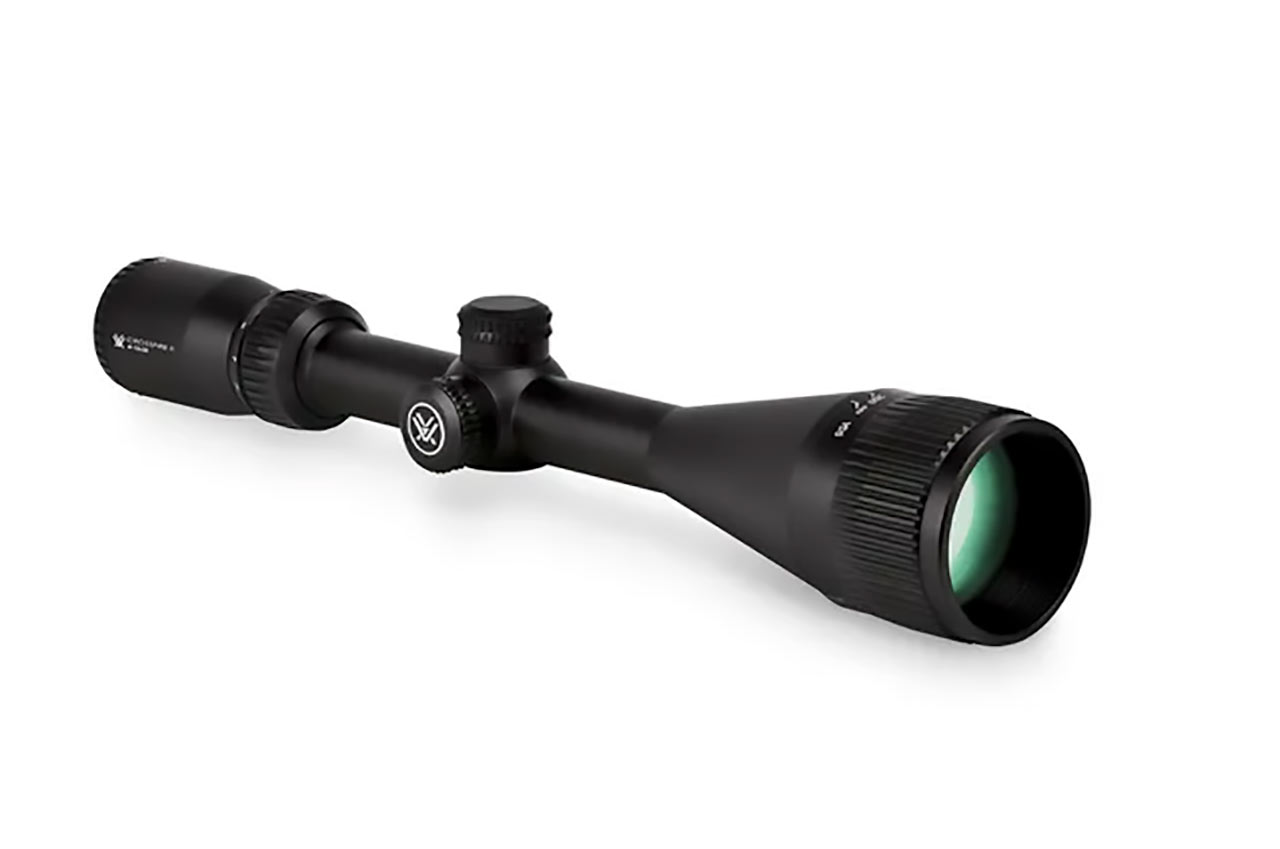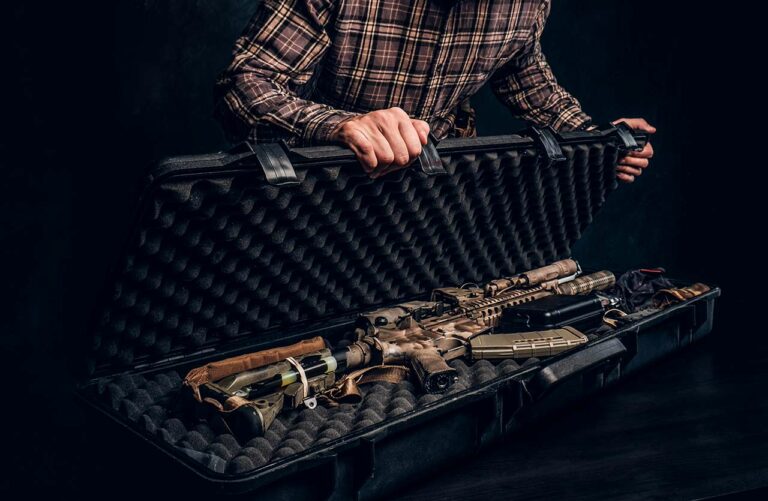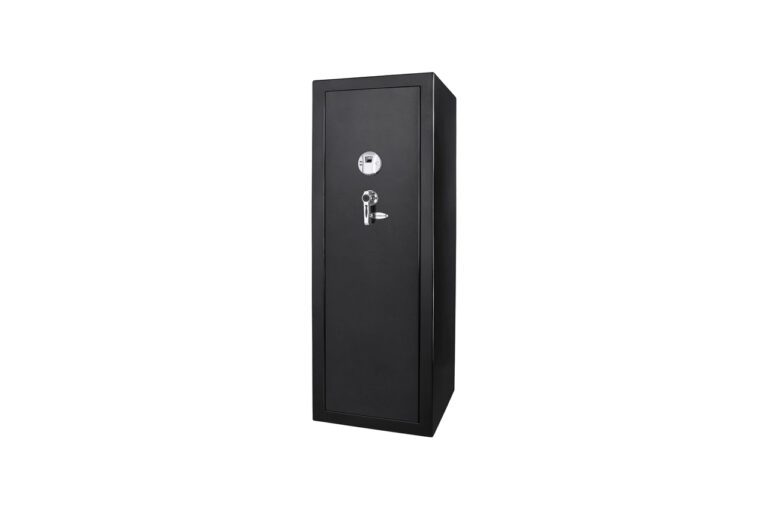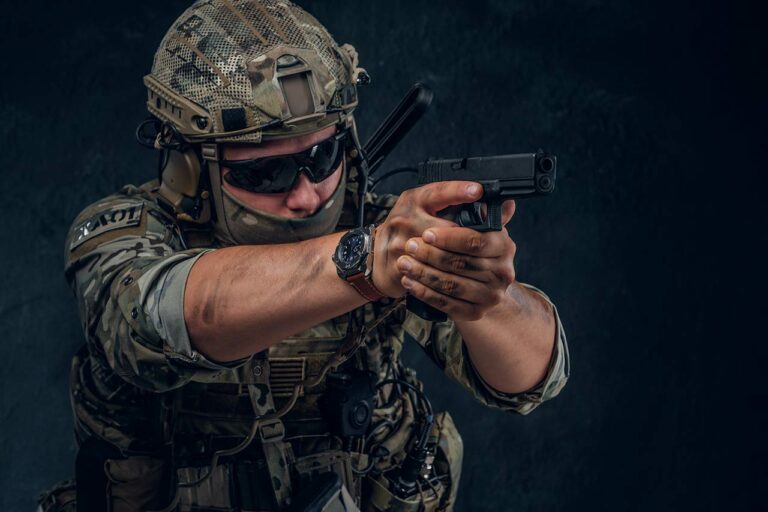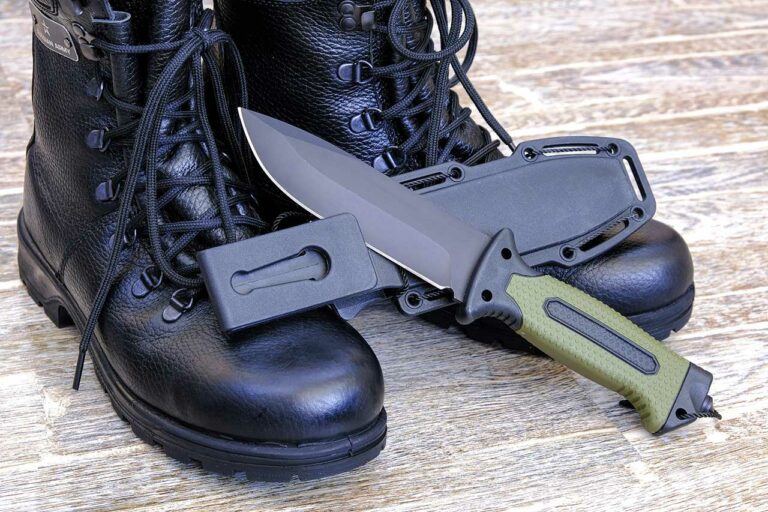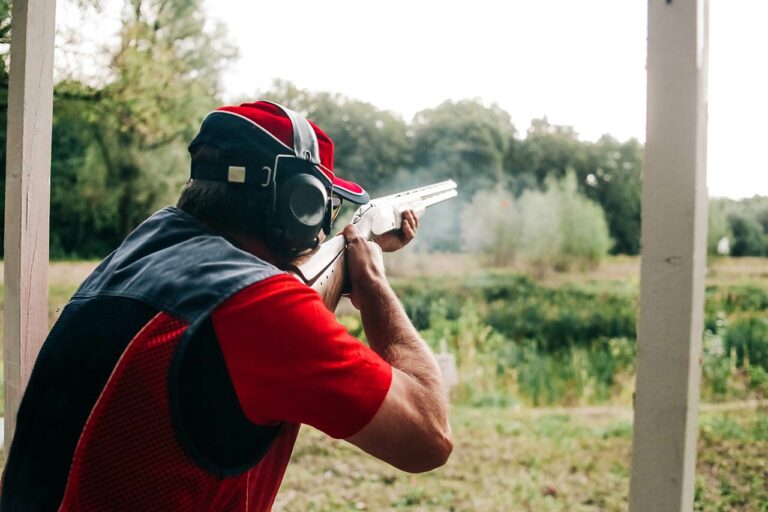Vortex Crossfire vs Diamondback: How They Compare
When it comes to choosing the right scope for your hunting or survival needs, Vortex is a reputable brand that delivers high-quality optics. In their line-up, two popular scopes often spark a debate amongst enthusiasts: the Vortex Crossfire II and the Vortex Diamondback. Understanding their unique features and differences will help you make an informed decision tailored to your specific requirements.
Vortex Crossfire vs Diamondback: Product Overviews
Vortex Crossfire
The Vortex Crossfire is a line of scopes designed for hunting and shooting enthusiasts. These scopes feature a range of reticles and magnification options to suit your needs. A notable aspect of the Crossfire series is the illuminated reticle option, which can be helpful in low-light conditions.
Here are some key features of the Vortex Crossfire scopes:
- Tube Diameter: The Crossfire scopes come in a 1-inch tube diameter, giving you a smaller and more compact option.
- Glass Quality: While the Crossfire series offers decent glass quality, it may not be as sharp as the Diamondback series.
- Magnification Range: The Crossfire scopes cover various magnification ranges, ranging from 2-7x, 3-9x, 4-12x, and more.
Vortex Diamondback
The Vortex Diamondback is another line of scopes that are popular with hunters and shooters. Known for their superior image quality and durability, the Diamondback series offers a wider field of view and better eyepiece focus mechanisms than the Crossfire series.
Below are some key features of the Vortex Diamondback scopes:
- Look and Durability: The Diamondback scopes are built to be more robust and have a more polished appearance than their Crossfire counterparts.
- Glass Quality: The Diamondback series offers exceptional glass quality, delivering crisp and clear images even at higher magnifications.
- Magnification Range: Like the Crossfire series, Diamondback scopes come in a variety of magnification ranges; however, the Diamondback series generally provides a wider field of view throughout its magnification range.
Both the Vortex Crossfire and Diamondback scopes offer reliable performance for hunters and shooters. Choosing the right scope for your needs will depend on your preferences for features such as glass quality, reticle type, overall durability, and price.
Optical Performance of Crossfire vs Diamondback
Magnification
When comparing the Vortex Crossfire II and Diamondback scopes, one noticeable difference is the magnification range. The Diamondback scopes generally offer a larger magnification range, allowing you to get a closer look at your target. This is especially useful for hunting or tactical shooting at longer distances.
Field of View
The field of view is another important aspect in choosing the right scope. A wider field of view allows you to easily track targets and assess your surroundings. The Diamondback offers a wider field of view in comparison to the Crossfire II, giving you a better overall view of the scene.
Bright Image
Both the Crossfire II and Diamondback scopes come equipped with multi-coated lenses. The Diamondback scopes, however, feature fully multi-coated lenses which are more effective in reducing glare and maximizing light transmission. This results in a brighter image, helping you spot targets and details with ease.
Low-Light Conditions
Being able to perform well in low-light conditions is crucial for hunting and tactical situations. Thanks to the fully multi-coated lenses on the Diamondback scopes, they perform better in lower-light situations compared to the Crossfire II. The improved light transmission allows for clearer and brighter images, even when the lighting conditions are less than ideal.
Clarity
Clarity is essential in any optic, and both the Crossfire II and Diamondback scopes deliver clear images. However, the Diamondback has an edge over the Crossfire II, as its fully multi-coated lenses help produce a clearer and sharper image with less chromatic aberration. This advantage makes it easier to identify and track targets accurately.
Special Features
Reticle
When comparing the Vortex Crossfire II and Diamondback scopes, you’ll notice differences in their reticles. The Crossfire II offers a variety of reticle choices, including the V-Plex, Dead-Hold BDC, and Illuminated V-Plex. The illuminated reticle option allows for better visibility in low-light conditions.
Meanwhile, the Diamondback comes with the Dead-Hold BDC reticle, which is a great option for estimating bullet drop and wind drift at a distance, so it’s quite helpful for hunting.
Turrets
As for the turrets, both scopes have adjustable capped turrets, providing easy and precise adjustments for elevation and windage. The Diamondback has a more premium feel to its turrets, which are finer and respond better to adjustments. But the Crossfire II’s turrets are still reliable and provide good performance for the price point.
Parallax Setting
Parallax settings are essential when trying to achieve accurate shots at different distances. The Crossfire II comes with a parallax adjustment on the side focus knob, allowing you to dial in your preferred setting for the shooting range. The Diamondback has an adjustable objective that lets you correct parallax through the objective lens. Both options provide functionality, but the side focus knob on the Crossfire II might be more convenient for easy access while shooting.
Second Focal Plane
Both the Vortex Crossfire II and Diamondback scopes feature second focal plane (SFP) reticles, meaning the reticle size remains constant as you change magnification. This is advantageous since it allows for easier target acquisition at low magnification while providing more precise shots at a higher magnification. The SFP design is ideal for hunters and shooters who require versatility in their riflescopes.
Performance and Usage
Hunting
When it comes to hunting, both the Vortex Crossfire II and Diamondback scopes offer reliable performance. Thanks to their durable construction and quality optics, you can expect clear and bright images in various hunting scenarios.
The Crossfire II series features a generous eye relief, making it comfortable to use during extended periods in the field.
The Diamondback series is known for its wider field of view, which is crucial when tracking moving targets, such as game animals.
Either of these features can be beneficial to your hunting experience .
Shooting
If you’re into range shooting or tactical shooting, you want a versatile scope to accommodate your needs. The Vortex Crossfire II and Diamondback scopes cater to different skill levels of shooters.
With its affordable pricing and various magnification options, Crossfire II is an excellent choice for beginner and intermediate shooters. If you’re a more advanced shooter, however, you might prefer the Vortex Diamondback, as it provides a better field of view and more precise adjustments for windage and elevation.
Long-Range Shots
For those who specialize in long-range shots, it’s essential to have a scope that can deliver accurate and crisp images at extended distances. In this aspect, the Vortex Diamondback has an edge over the Crossfire II. With a higher range in magnification settings and a more expansive field of view, the Diamondback allows you to easily spot targets at longer distances. Although the Crossfire II is capable of providing decent long-range performance, its limited magnification range and field of view make the Diamondback a more suitable option for long-range shooting enthusiasts.
Price and Value
Price Comparison
When comparing the Vortex Crossfire and Diamondback series, one of the most noticeable differences is the price. The Crossfire is the more affordable line, making it a popular choice for budget-conscious buyers.
But cheaper doesn’t always mean the best value. While the Crossfire range offers excellent performance at a lower price, the Diamondback range boasts better quality in terms of glass and features, which may justify its higher price for many.
Warranty
Both the Vortex Crossfire and Diamondback series come with the company’s highly regarded VIP Warranty. This unconditional lifetime warranty covers any damage or defects in the products, ensuring peace of mind when investing in these optics. The warranty is fully transferable, meaning that even if you sell or give away your Vortex product, the new owner will be covered.
Vortex Crossfire Pros and Cons
Pros
- Affordable: The Vortex Crossfire series is usually priced lower than the Diamondback, making it budget-friendly.
- Illuminated reticle options: Some models of the Crossfire II series offer illuminated reticles, which can be a huge advantage in low-light conditions.
- Nitrogen gas purged: The Crossfire II scopes are nitrogen gas purged, which reduces the risk of internal fogging and makes them more resistant to temperature changes.
Cons
- Limited field of view: The field of view in the Crossfire series is generally smaller than that of the Diamondback, which could restrict your ability to track moving targets.
- Lower-grade glass: Due to the lower price range, the quality of the glass in the Crossfire series isn’t as high as that in the Diamondback series.
Vortex Diamondback Pros and Cons
Pros
- Wider field of view: The Diamondback series offers a larger field of view compared to the Crossfire, allowing you to track your targets with ease.
- Argon gas purged: The Diamondback series scopes are argon gas purged, which provides better protection against internal fogging and an improved resistance to temperature changes.
- Better eyepiece focus mechanism: The Diamondback’s superior eyepiece focus mechanism helps in maintaining a clear image when tracking moving targets.
Cons
- Higher price: The Diamondback series is generally priced higher than the Crossfire series, which might not be suitable for those on a tight budget.
- No illuminated reticle options: Unlike the Crossfire series, the Diamondback line does not offer any scopes with illuminated reticles, which could be a disadvantage in low-light situations.
Choosing Between the Vortex Crossfire & Diamondback
When it comes down to choosing between the Vortex Crossfire II and the Diamondback, your decision should primarily hinge on your specific needs, preferences, and budget. The Crossfire offers an affordable yet reliable option with some unique features like the illuminated reticle, which can be a game-changer in dimly lit conditions, while the Diamondback, with its superior glass quality and wider field of view, stands out as a premium choice for those who prioritize optical performance and are willing to invest a bit more.
Both series are backed by Vortex’s stellar VIP Warranty, emphasizing the company’s commitment to quality and customer satisfaction. Regardless of which scope you choose, you’re investing in a product from a brand that is renowned for its dedication to excellence. Remember, the best scope isn’t necessarily the most expensive one but the one that best fits your individual shooting or hunting needs.

